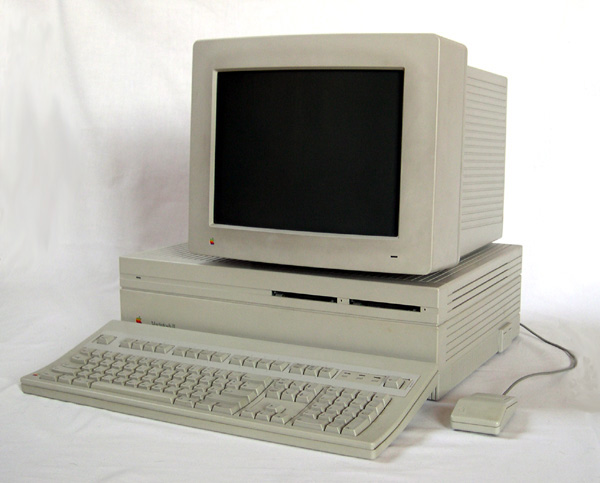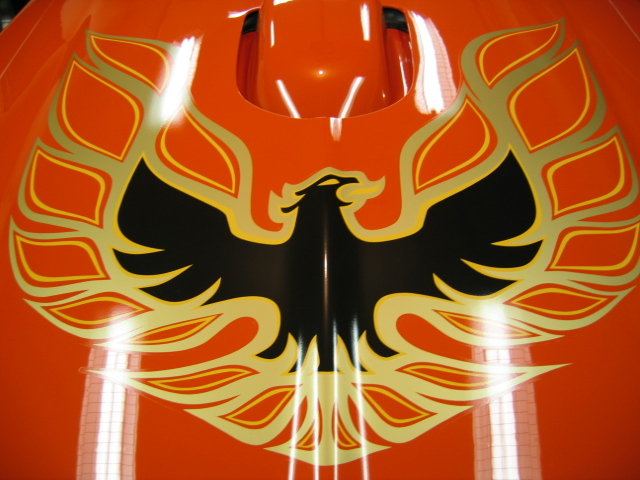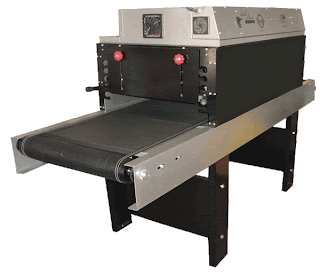The year in review. It is all about product innovation.
For those of you who know us well, you understand that we are always about new ideas and innovations. It is what excites our staff and increases our sales. When our customers present new production issues or new opportunities become available, our creativity is sparked and the whole company starts looking for solutions and ideas. 2013 offered an array of production situations that have spurred the development of new products and enhancements to existing products.
Take a look at the entry into a new market.
Not only did we create new products, we created a new division. BrownDigital directs its efforts toward digitally printed garments. Not the digital printers, but solving the production problems that have arisen from that new technology. The idea of digitally printed shirts is growing but making them faster and in less of a hobbyist style is what BrownDigital is all about.
 The first product line created in the new division is the DragonAir line of curing systems. These units use DragonAir Core Technology to created a heated chamber to cure the pre-treat and the ink from digitally printed garments. These units are also proven to cure conventional inks, water based inks and discharge inks.
The first product line created in the new division is the DragonAir line of curing systems. These units use DragonAir Core Technology to created a heated chamber to cure the pre-treat and the ink from digitally printed garments. These units are also proven to cure conventional inks, water based inks and discharge inks. Here is a look at product innovation.
 The excitement of the year started with the TRX software development that drove the DragonAir line. This touch screen curing system control software offers amazing features and benefits not found on any other system. TRX and TRXi units allow repeatable production environments, analytics on that production and access to control from remote locations. This software was merged with the production proven UltraSierra X-Series line of conveyor ovens to create a new line of curing systems.
The excitement of the year started with the TRX software development that drove the DragonAir line. This touch screen curing system control software offers amazing features and benefits not found on any other system. TRX and TRXi units allow repeatable production environments, analytics on that production and access to control from remote locations. This software was merged with the production proven UltraSierra X-Series line of conveyor ovens to create a new line of curing systems.
The next product that our engineers tackled was adding Sniper LazerLoad to the ever-popular NumberPrinter. This enhancement is for simplifying the shirt load process. Double digit numbers that include a "1" and single digit prints have always been a challenge for shirt-loading in high volume shops. This new features gives line up guidelines to make the printing easier and faster.

The final enhancement that our engineers have worked on is the new wrench-less, quick-release squeegee and floodbar system for the ElectraPrint automatic textile printers. This feature makes screen changes faster, squeegee load faster and pressure adjustments unnecessary.
Thankful as ever.
We are forever thankful for our loyal customers, our new customers and our awesome staff. With new questions from our customers, our engineers get to design new stuff, our plant staff gets to build new things and our sales people can talk about new solutions. It is a great circle and we look forward to what 2014 will give us the opportunity to create. Keep asking and watching and you will see some cool stuff.






















